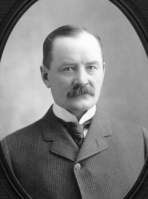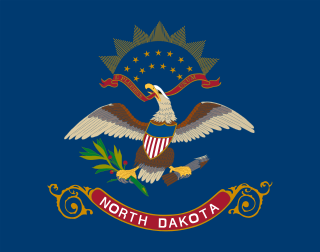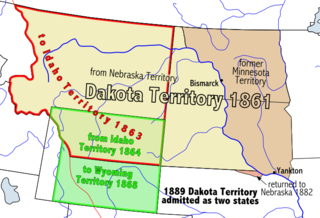
John Marshall Stone was an American politician from Mississippi. A Democrat, he served longer as Governor of that state than anyone else, from 1876 to 1882 and again from 1890 to 1896. During this latter period, he approved a new constitution in 1890 passed by the Democratic-dominated state legislature that disfranchised most African Americans, excluding them from the political system. They were kept out for nearly 70 years.

Henry Hastings Sibley was the first Governor of the U.S. state of Minnesota and a U.S. Representative of the Minnesota Territory and the Wisconsin Territory.
Frederick Bartlett Fancher was an American politician who was the seventh Governor of North Dakota from 1899 to 1901.

Harold Giles Hoffman was an American politician of the Republican Party who served as the 41st Governor of New Jersey from 1935 to 1938. He also served two terms representing New Jersey's 3rd congressional district in the United States House of Representatives, from 1927 to 1931.

John Burke was an American lawyer, jurist, and political leader from North Dakota. He was the tenth Governor of North Dakota.
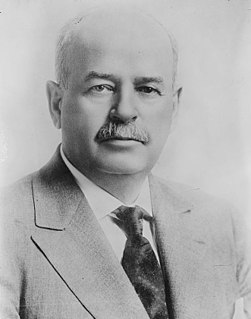
Lennington "Len" Small was an American politician. He served as the 26th Governor of Illinois, from 1921 to 1929. He also served as a member of the Illinois state senate from the 16th District from 1901 to 1903 and was Illinois state treasurer, from 1905 to 1907, and from 1917 to 1919.
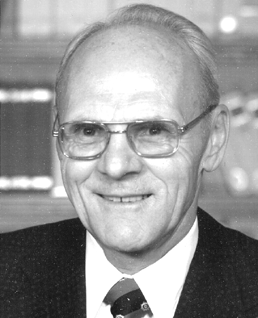
Thomas Savig Kleppe was an American politician who served as the Representative from North Dakota. He was also the Administrator of the Small Business Administration and the U.S. Secretary of the Interior.

Frank M. Byrne was the eighth Governor of South Dakota.

Andrew Jackson Faulk was an American politician. He served as the third Governor of Dakota Territory.

Louis Benjamin Hanna was the 11th Governor of North Dakota.
José E. Benedicto was the Treasurer of Puerto Rico, and briefly served as acting Governor of Puerto Rico in 1921.

Franklin Swift Billings was an American businessman and politician from Woodstock, Vermont. He served as the 53rd Lieutenant Governor of Vermont from 1923 to 1925 and as the 60th Governor of Vermont from 1925 to 1927.

Thomas (Tom) Kennedy was a miner and president of the United Mine Workers of America (UMWA) from 1960 to 1963.

William Francis James was a soldier and politician from the U.S. state of Michigan.
Henry Holt was a politician from the U. S. state of North Dakota. He was born in Illinois. Holt resided in Grand Forks, North Dakota. In 1934, he was an unsuccessful candidate for U.S. Senator from North Dakota against incumbent Lynn Frazier. In 1940, he was a delegate to the Democratic National Convention which nominated U.S. President Franklin Delano Roosevelt for a third term. In 1942, he was elected as a Democrat to serve as the 21st Lieutenant Governor of North Dakota under Governor John Moses from 1943 until his death the following year of lung cancer. Upon learning of Holt's death, the governor ordered all flags across North Dakota to fly at half-mast.
William Irving Shuman, or simply Irving Shuman, (1882–1958) was an American businessman, banker and political activist during the late 19th and early 20th century. A longtime member of the Democratic Party in Moultrie County, Illinois, he was an Illinois delegate to the 1912 Democratic National Convention and served as assistant U.S. Treasurer in Chicago, Illinois during World War I.

William Edmond Robinson was an American politician and banking executive from the state of Missouri. A Democrat, he served one term as Missouri State Treasurer from 1969 to 1973.
Daniel T. Hindman was an American politician. Between 1897 and 1899 he was the fourth Lieutenant Governor of South Dakota.
Edward Lincoln Abel was an American politician. Between 1913 and 1915 he served as Lieutenant Governor of South Dakota.
